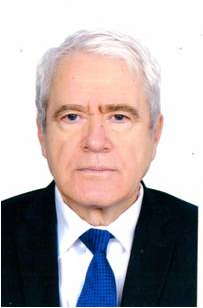
The SEDM-CC/PMSC Chairmanship of the Hellenic Republic is honored to lead this unique and dynamic initiative for the next two years, until July 2027. The SEDM Process continues to play a crucial role in promoting stability, cooperation and mutual understanding in Southeastern Europe.
With the support of all participating nations, we intend to focus on the visibility and role of the Process by promoting it as a pragmatic platform for defence cooperation and confidence-building, more closely aligned with international and regional organizations.
Our Chairmanship will be guided by the principles of transparency, mutual respect, and inclusiveness, with a strong focus on fostering trust and regional cooperation, in full adherence to international law. We intend to promote open dialogue and encourage the development of a shared strategic culture rooted in practical, results-oriented collaboration among all SEDM Member Nations.
We remain fully committed to the continuity and progress of ongoing SEDM projects. We will work to strengthen digital and operational connectivity among military medical services through the "Interconnection of Military Hospitals (IMIHO)" Project, support women’s leadership in defence and security through the "Female Leaders in Security and Defence (FLSD)" Project, and advance our collective understanding of preparedness and resilience through the "Platform for enhancing Resilience" Project.
A key focus of our efforts will be to promote the relevance and operational readiness of SEEBRIG. We will support all actions that reinforce its visibility and training capabilities, in line with the decisions of the competent Political-Military Steering Committee.
Furthermore, we will seek to ensure cost-effective implementation and strategic impact across all SEDM activities, through the efficient use of resources and targeted synergies among projects.
Finally, our Chairmanship will place particular emphasis on upholding the institutional framework and the procedures agreed upon within the SEDM Process, as these are essential to safeguarding the transparency, credibility, and long-term effectiveness of our cooperation.
I look forward to working closely with all SEDM Member Nations, with the shared commitment to deepening our cooperation and advancing the goals of peace, security, and stability in our region.